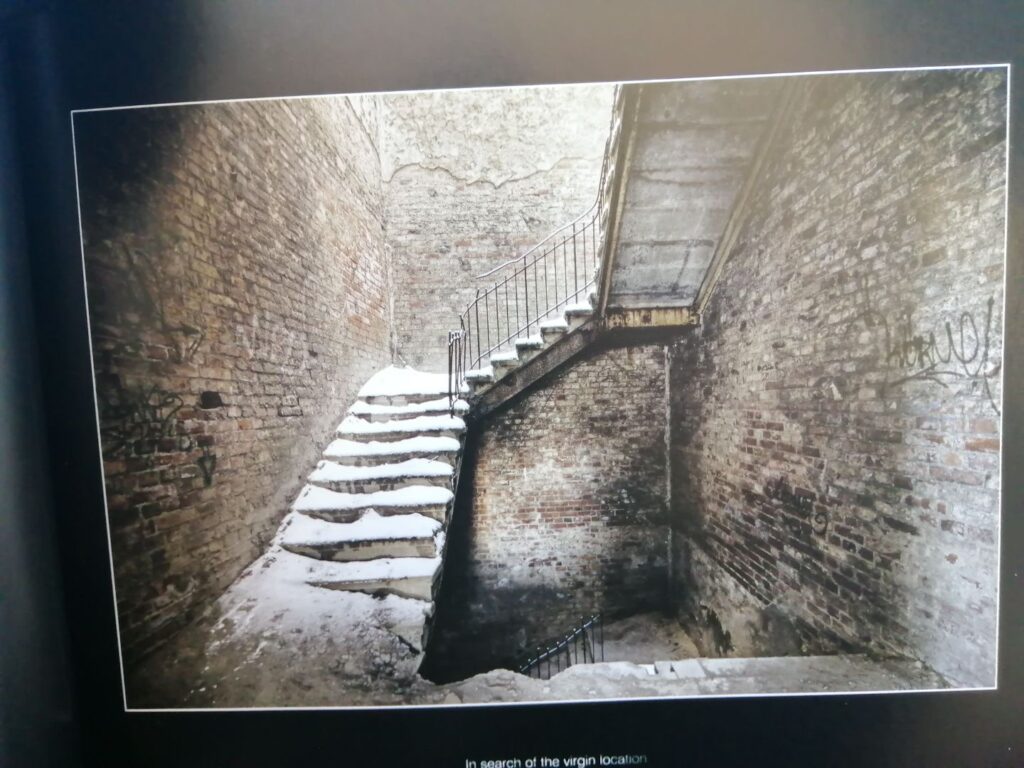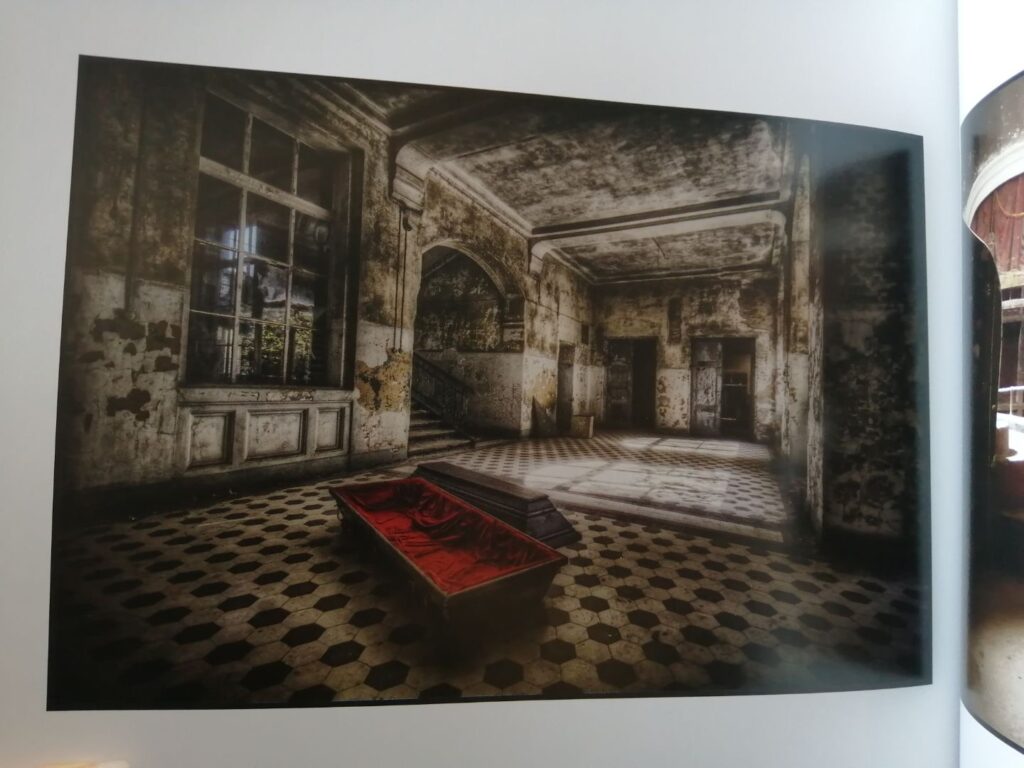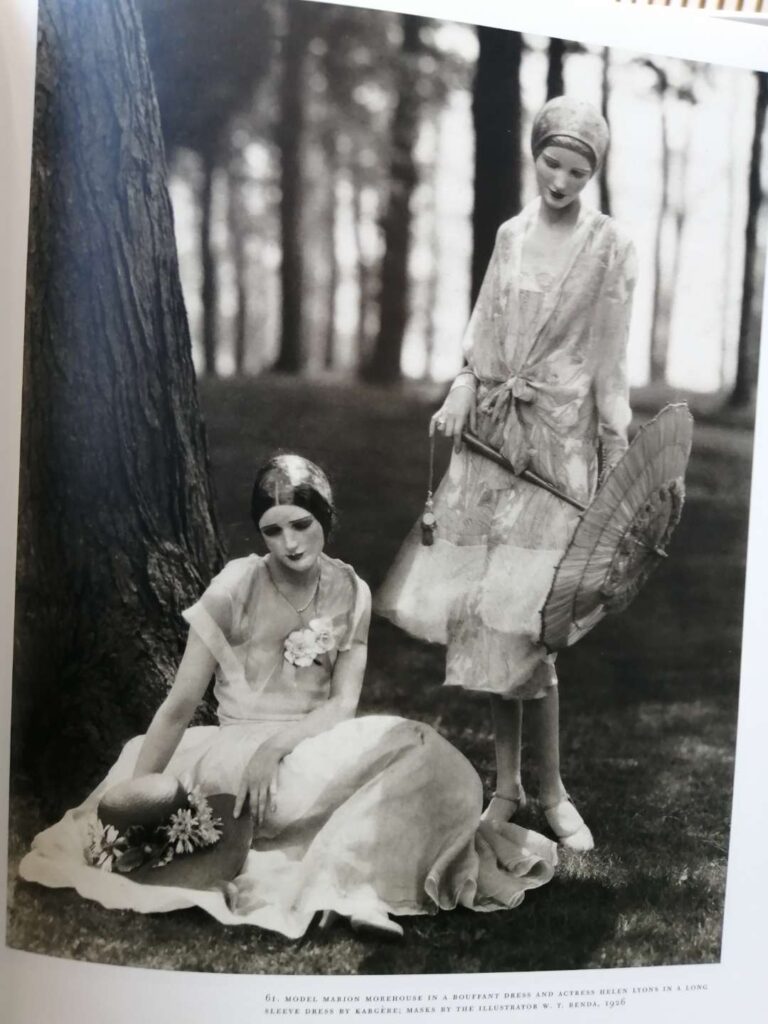- Surreal photography – surreal photography ideally represents dreams, emotions, and unconscious ideas. Photographers who used surrealism include: Phillipe Halsman, René Magritte, Florence Henri, and Zdzisław Beksiński.
- Paradox photography – A photography that is blurry and sharp at the same time. Something that has happened already; seems untrue but is quite possible. Photographers who used Paradox include: Roland Barthes, Joel Peter Witki.
These two types of Photography are what I’m mainly going to be focusing on because they both reflect on the project title- Dreams.
Phillipe Halsman :



Phillipe Halsman used a very bold approach to his photography. He mostly worked with fashion and a lot of famous musicians at his time such as Marilyn Monroe. Phillipe used sharp, precise and staged scenes as a lot of his photography work. His use of props and other items on the area he was photographing made his work seem almost otherwordly; as if it came from a dream.
Phillipe worked mostly with hat design companies for his photography work, he mostly took portraits of actor and authors which would appear in book jackets or magazines. His work was described as “whimsical” due to the scense he used in his photographs, rather than darkroom or composite pictures.
Halsman’s most famous photograph is of Albert Einstein; in the photo Einstein is seemingly regretful as he recalls his role in the atomic bomb pursue by the United States. Halsman made sure this remorse stuck out in the photograph he took hence why it’s his most famous image.
Halsman is also famous for his “Jumpology” creation; He used this creation to capture the true spirit of his subjects by getting them to jump in the air, and by doing that he has created some of the best photographs that are memorable in history.
Florence Henri:



Florence Henri was a Surrealism Photographer who also used to paint. She used reflective objects (mirrors, windows) to duplicate, reflect or isolate in a way so that it made the viewer incomprehensible if the image was real, a dream or edited. As her work was so complicated to understand due to reality or reflection, Henri’s work became very popular. She opened her own studio in 1929, and became very successful and well-known.
Florence Henri worked on a vast photographic area: including nudes, self portraits of herself, abstract and collages and even documentary photos.
Henri was invited to three exhibitions from the end of the 1920s to the beginning of the 1930s. In Germany,Essen was the “Fotografie der Gegenwart”(1929), In Stuttgart was the “Film ind Foto”(1929) and in Munich was “Das Lichtbild”(1931). In recognition of her work, her photographic production was used as a new vision and opened the eyes of many and even bought out new experiences for herself, the other artists and the viewers of the work.
Even with her work being featured in illustrated magazines like “Arts et Metiers and Lilliput”, Her work as a portraitist in Paris, and the central position of her Oeuvre in avant-grande photography: Florence’s work was still largely unknown.
Research work with images from books in library:

Annotation: dark, light down stairs, broken, wooden supports, could collapse if walked on, brick walls, stairs going down
In search of the virgin location – Beauty in decay
Why I chose this piece- The stairs intrigued me because they look so basic, yet dark like they have some sort of history or story.
Style of the image- Surrealism, Paradox
Themes and Concepts- I feel as though the artist is mostly trying to convey the specification of “Abandoned”. The fact that the piece is called “In search of the virgin location” suggests they are trying to find something that will lead them to somewhere no one has been before; the stairs could be leading them somewhere, they could be trying to find somewhere to rest, or photograph as a once in a lifetime image (paradox).
Composition, Lighting, Colour- The image is very monotone; using white, light brown, and shades of grey to highlight the staircase and bring it out more in the image. The shadows at the bottom of the stairs in the corner add a sense of foreboding that something has/will happen.
Notable Techniques/Equipment- The photographer uses the light shining down the stairs to highlight their search for their location. I feel as though the shadows are there to add an effect that perhaps they’re leading to the artists location, but we mostly always focus on following the light hoping it’ll lead us to the location we desire.

Annotation: dark, mouldy, dirty, window reflections, coffin, checkered floor
Red coffin – Beauty in decay
Why I chose this piece – I chose this piece because the sense of abandonment and the red coffin drew me to the image as it was the only bright splash of colour.
Style- Surrealism
Themes and Concepts- The artist’s photograph really brings out the abandoned aspect of the area, however it looks beautiful even though it’s damaged. The artist is trying to convey that even when broken and damaged, beauty can still be found. As the image shows, there is only one splash of bright colour, that being the red on the coffin; which draws everyone attention to it. I think this piece fits perfectly with the books title “Beauty in decay”. The coffin usually represents death, but with the bright colour it stands out a lot which I assume is the main theme of the image.
Composition, Lighting, Colour- The image is very shadowy, but there is light which is more toward the centre, drawing out the colour of the red coffin more. The room is very gloomy and dark looking.
Notable Techniques/Equipment- The red coffin adds a lot of contrast to the image; Red can be viewed as danger, blood, and beauty. The brown damp on the walls and floor add a sense of dirtiness, which severely contrasts the bright red of the coffin. The image wouldn’t be as interesting without the coffin because the redness makes it pop, if the coffin wasn’t in the image I doubt I would’ve taken a second glance at the page.

Annotation- blurred faces, white dresses, black and white, old image, props, woodland background.
“Model Marion Morehouse in a bouffant dress and Actress Helen Lions in a long sleeve dress by Cargene” – In high fashion 1923-1937
Why I chose this piece- I chose this image because the masks over the faces inspired me for my own project work. The black coverings of the eyes intrigued me because both the girls are models who are deemed beautiful however their faces are covered.
Style- Fine art fashion
Themes and Concepts- Both models are in designer dresses so ideally the faces should be revealed however the artist of the piece worked with an illustrator to cover their faces with masks, but it is almost impossible to tell if the masks are real, makeup, or photoshop. I think the story behind this piece is conveying beauty of fashion without the need for identity.
Composition, Lighting, Colour- The image is in a monotone colouration. The tone is very bland, but the white of the dresses stand out against the dark background of woods. The white of the dress brings out the darkness in the eyes on the mask, which attracts the viewers eyes to the face.
Notable Techniques/Equipment- The face masks are the key part of the image because they really draw attention and make the viewer question why it’s there and spend more time staring at the picture. I feel like without the face masks the image wouldn’t be as interesting and be bland and people would only take one glance, admire the dresses and walk away, the face masks impact the image a lot.